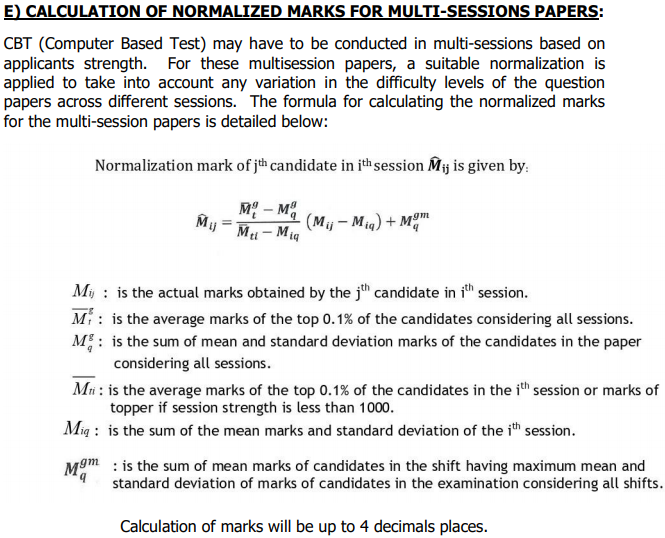TNEB Junior Assistant Syllabus 2020: TNEB TANGEDCO Junior Assistant Syllabus 2020!!! Updated TNEB TANGEDCO Junior Assistant Exam Pattern 2020 is available here. Applicants who have applied for TNEB TANGEDCO Junior Assistant Recruitment 2020 shall refer to this post. Surely this will be much helpful for your better preparation for TNEB Junior Assistant Exam 2020.
Tamil Nadu Electricity Board(TNEB) is along with Tamil Nadu Generation & Distribution Corporation Limited(TANGEDCO) has recently announced the notification to invite Junior Assistant Posts. One of the most awaited notifications among the aspirants who are eagerly preparing for the competitive exams. The Apply Online link will get activated on 10-02-2020. The final date for the submission of the application get ends on 09-03-2020. After the successful submission of the application, candidates should start their preparation for the upcoming exam. Aspirants must make the preparation strategies in an effective manner to overcome the heavy competition.
One of the important & initial strategies is referring to the respective syllabus and pattern. Without having the relevant syllabus & pattern you can’t get an idea about the upcoming exam. As a result, they can even lose their chance. So for that, here our IBPSGuide team has provided you the Latest Updated TNEB JA Syllabus & Pattern 2020. By referring to this, you can able to understand the outer layer of the recruitment process. So applicants shall refer to this entire article and make your own preparation strategy in an effective manner.
| Part | Section | No of Questions | Max Marks | Duration |
| 1 | General Tamil /General English | 20 | 20 | 02 hours |
| 2 | Aptitude & Mental Ability Test | 20 | 20 | |
| 3 | General Studies | 60 | 60 | |
| Total | 100 | 100 |
| S.No | Part | No of Questions | No. of alternative answers | Maximum mark for correct answer | Maximum Marks | Negative mark for every wrong answer |
| 1 | Part I | 20 | 4 | 1 | 20 | 1/3 |
| 2 | Part II | 20 | 4 | 1 | 20 | 1/3 |
| 3 | Part III | 60 | 4 | 1 | 60 | 1/3 |


| Conversion of information to data ‐ Collection | Compilation and presentation of data Tables |
| Graphs & Diagrams | Analytical interpretation of data |
| Simplification | Percentage |
| Highest Common Factor (HCF) | Lowest Common Multiple (LCM) |
| Ratio and Proportion | Simple interest |
| ‐ Compound interest | Decision making and problem-solving |
| Mensuration | Logical Reasoning |
| Time and Work | Puzzles |
| Dice | Visual Reasoning |
| Alphanumeric Reasoning | Number Series |
| Logical Number/Alphabetical/ Diagrammatic Sequences |
Degree Standard – B.Com.
UNIT-I: Commerce:- Economic basis of commerce – Commerce – trade – industry characteristics of Business – Business systems – Concepts of systems theory applied to business – the concept of social obligation – Responsibility and Responsiveness.
UNIT-II: Forms of private and public sector enterprises – different kinds of organization – sole proprietorship, partnership, joint-stock company, promotion, incorporation, prospectus, the commencement of business – functions of the stock exchange – co_operative societies – characteristics, Registration, and control – types of societies. Public
enterprises_Meaning, characteristics, Economic, social and political objectives, the argument in favor and against public enterprise – Departmental undertakings, Public corporation, Government the company, Joint enterprise – Government holding companies.
UNIT-III: The evolution of management science – definition – basic principles – the process of Management – functions, planning, organizing, staffing, direction, communication, controlling, motivation – Management by objectives, Office equipment.
UNIT-IV: Secretarial practice – company secretary, qualification, the procedure for appointment, powers, duties, rights and liabilities, removal, company meetings, notice, agenda, minutes.
UNIT V: Banking, commercial banks – functions, kinds of banks – banks and economic development – rural banks – co-operative banks, lead banks scheme – banker and customer – collecting and paying banker – rights, liabilities and protection, cheques, bills – National and International, letters of credit, crossing, marking and Endorsements- Mutual funds – Meaning organization, management, objectives.
UNIT-VI: Marketing: Meaning – functions – Marketing mix – Market segmentation channels of Distribution – Demand analysis – Basic concepts and of analysis for demand forecasting – sale promotion – pricing objectives – methods of pricing – product line pricing – market
reports and their interpretation – Regulated markets – consumerism.
UNIT-VII: Business law – Basic principles – law of contracts – specific contractor – law of agency, sale of goods Act, sales tax law, central excise law, the law of Insurance.
UNIT-VIII: Financial Accounting – principles – trading and non-trading, account form incomplete records, hire purchase and installment system, consignment – Joint venture – partnership – administration – retirement. Company accounts – issue, the redemption of shares and debentures – forfeiture and re-issue – final account(simple problems).
UNIT-IX: Management and Cost accounting – elements of Cost – Cost sheet – Reconcilition of cost and financial account – Marginal Costing – Standard Costing – Variance analysis.
UNIT-X: Auditing – objectives, valuations and verification, appointment, powers duties, qualification – audit report, audit programmes, cost audit.
UNIT-XI: Business statistics – characteristics – primary and secondary data – a collection of data – diagrams and graphs – Mean, Mode, Median, Standard deviation, correlation, and regression – time series.
UNIT-XII: Basic structures of computers – computers for management – Introduction to Lotus 1, 2, 3 – Word star, Cobol.